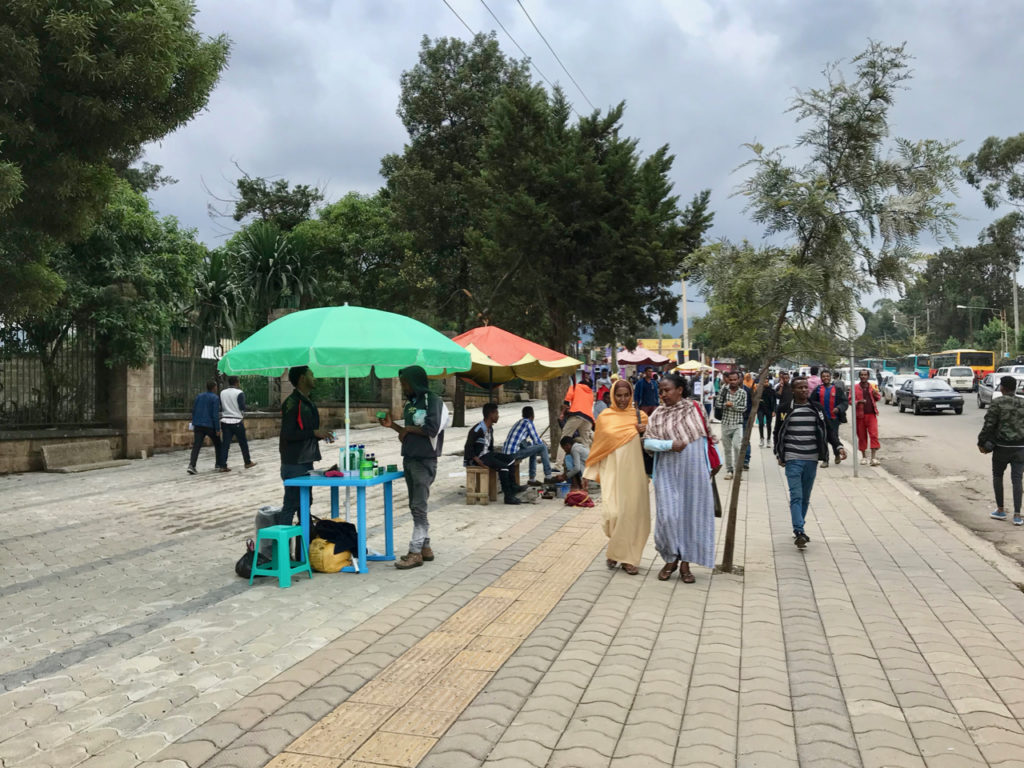Non-motorised transport (NMT) offers basic mobility, affordable transport, access to public transport, and health benefits. Improving the convenience, comfort, and safety of walking and cycling reduces the demand for travel by personal motor vehicles, helping to alleviate the critical traffic challenges facing many cities. As zero-emission modes, walking and cycling are critical to efforts to reduce harmful local pollution and greenhouse gas emissions.
Despite a high level of reliance on NMT, cities are not designed for people to walk or cycle. As many cities around the globe have realized, street designs that focus on vehicle movement rather than mobility for people undermine quality of life and the character of public spaces. Urgent steps are needed to ensure more equitable allocation of road space by focusing on walking, cycling, and public transport in the planning, design, construction and management of transport systems.
Cities and national governments can help signal a shift in the approach to transport planning by adopting NMT Strategies. An NMT strategy presents a vision for an improved walking and cycling environment and defines time-bound goals for achieving specific improvements in infrastructure provision, street space management, and institutional capacity. The terms strategy or policy are interchangeable depending on the country. The strategy or policy should be adopted by a legal authority such as a local government assembly, cabinet or the legislature.

How to use this guide
This guide offers a step-by-step explanation of the process of developing an NMT strategy. It begins with a discussion of the design principles for NMT facilities, followed by a description of methodologies for assessing the existing NMT environment and institutional capacity. The guide then describes the typical components of an NMT strategy and how they can be customised for the local context. Finally, it describes stakeholder engagement strategies and opportunities for institutional development to support the implementation of the strategy.